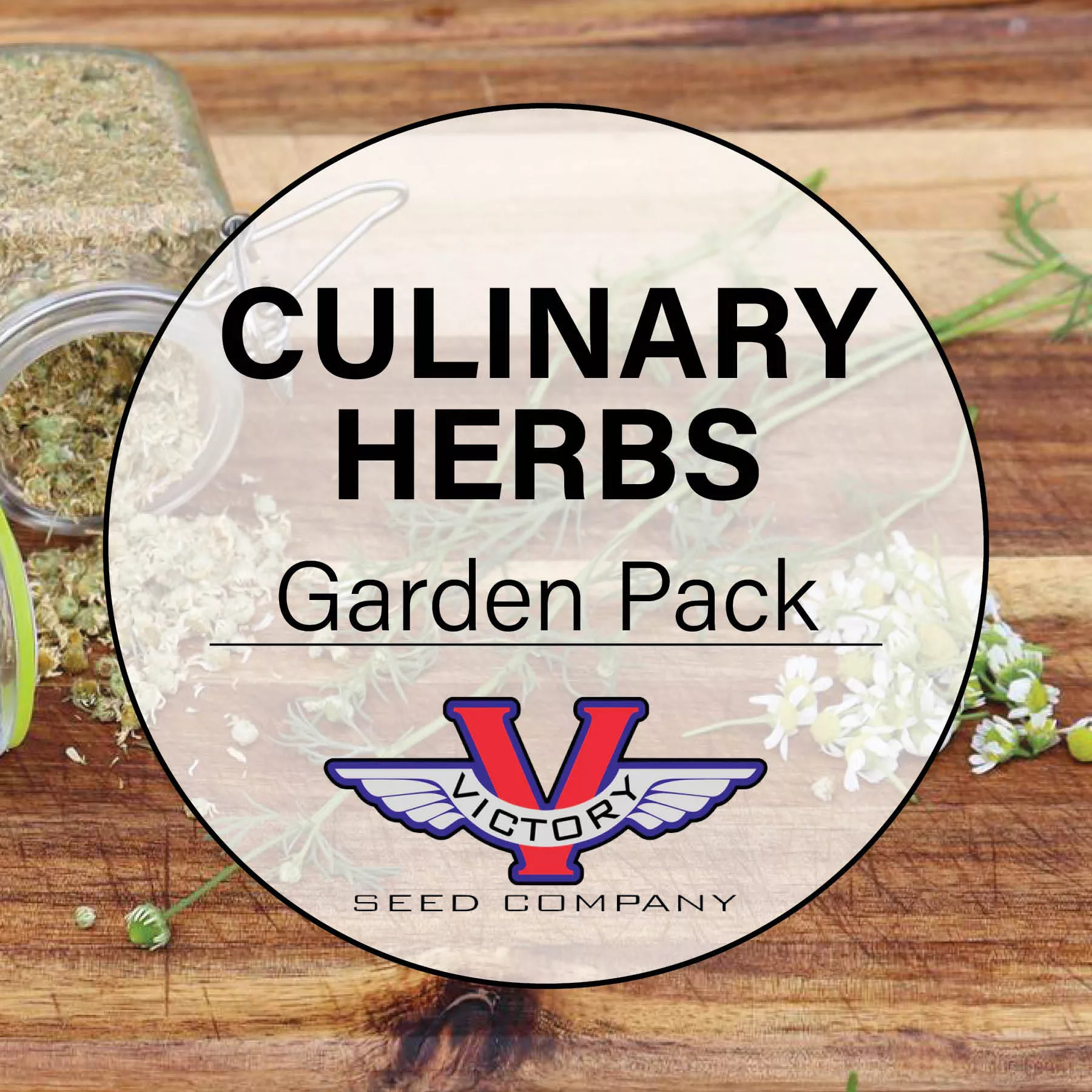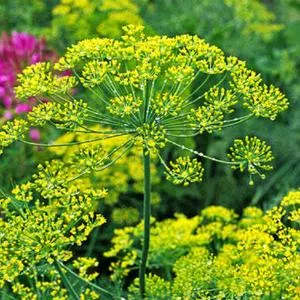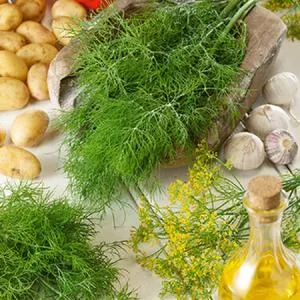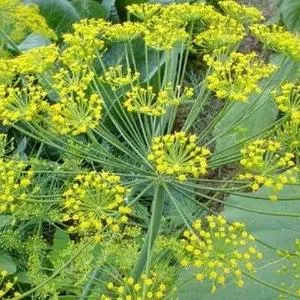Culinary Herbs Garden Pack
Price: $19.45
SKU: 30095971Herb garden in a box! This seed pack contains the most popular and essential culinary herbs for the kitchen garden.
Place a single order for this item and you will get one packet of each of the items shown below at an overall discount. If you prefer, you can order them individually one by one, by clicking on each item in the list.
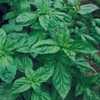 Basil, Genovese
Basil, Genovese
Highly aromatic and versatile, this basil boasts bold, sweet flavors perfect for culinary delights.
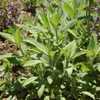 Sage (aka Common or Garden Sage)
Sage (aka Common or Garden Sage)
Originating from the Mediterranean, Sage has many culinary, medicinal, and ornamental uses.
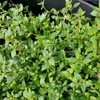 Garden Thyme
Garden Thyme
Versatile perennial herb, ideal for indoor pots. Provides some medicinal benefits.
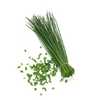 Chives
Chives
Hardy perennial chives offer versatile culinary uses and natural pest-repelling properties for gardens.
 Bouquet Dill
Bouquet Dill
Hardy annual herb with historical medicinal uses, perfect for sauces, pickling, and seasoning.
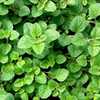 Oregano - Common Italian
Oregano - Common Italian
Versatile herb with warm, spicy flavor, thrives in Mediterranean climates, and offers medicinal benefits.
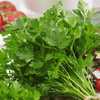 Italian Parsley
Italian Parsley
Deeply cut, dark green leaves with rich flavor, ideal for garnishes, soups, and herbal remedies.
Place a single order for this item and you will get one packet of each of the items shown below at an overall discount. If you prefer, you can order them individually one by one, by clicking on each item in the list.
 Basil, Genovese
Basil, GenoveseHighly aromatic and versatile, this basil boasts bold, sweet flavors perfect for culinary delights.
 Sage (aka Common or Garden Sage)
Sage (aka Common or Garden Sage)Originating from the Mediterranean, Sage has many culinary, medicinal, and ornamental uses.
 Garden Thyme
Garden ThymeVersatile perennial herb, ideal for indoor pots. Provides some medicinal benefits.
 Chives
ChivesHardy perennial chives offer versatile culinary uses and natural pest-repelling properties for gardens.
 Bouquet Dill
Bouquet DillHardy annual herb with historical medicinal uses, perfect for sauces, pickling, and seasoning.
 Oregano - Common Italian
Oregano - Common ItalianVersatile herb with warm, spicy flavor, thrives in Mediterranean climates, and offers medicinal benefits.
 Italian Parsley
Italian ParsleyDeeply cut, dark green leaves with rich flavor, ideal for garnishes, soups, and herbal remedies.
Customer Reviews:
Do you have experience with this one? 📝 📣 Write a review!
No reviews have been posted yet.

